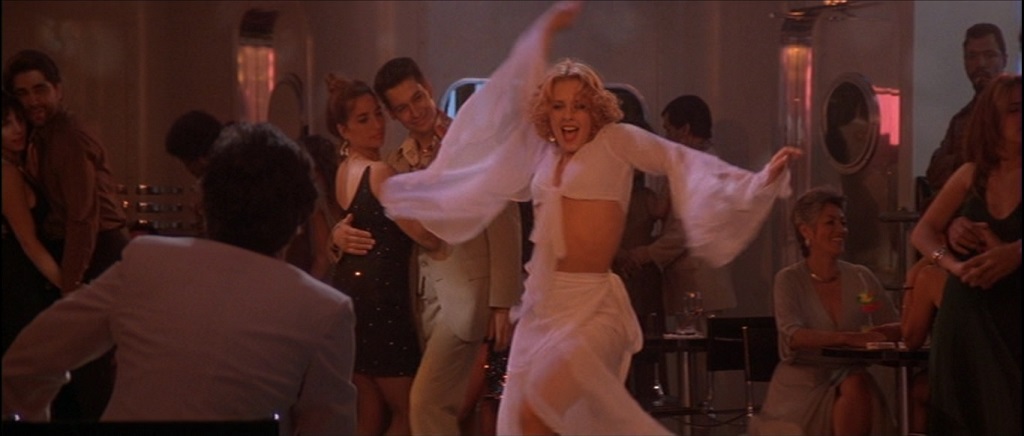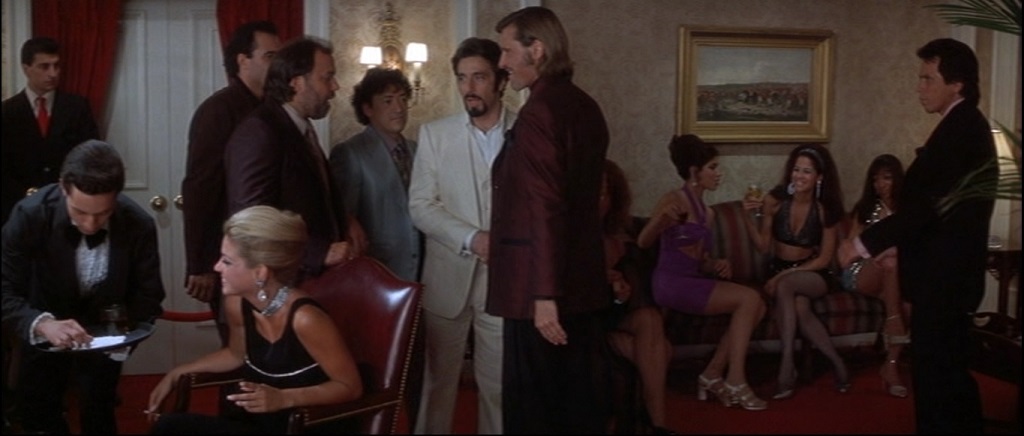"DE PALMA IS ONE OF THOSE GUYS THAT WAS NEVER AFRAID TO AMP IT UP"
 At last month's Rome Film Festival premiere of his new movie, The Girl in the Spider’s Web, Uruguayan director Fede Álvarez brought up Alfred Hitchcock and Brian De Palma as key inspirations for him as a filmmaker (his previous features are the Evil Dead remake and Don't Breathe). According to Cinecittà News' Nicole Bianchi and Artribune's Margherita Bordino, Álvarez said of adapting the fourth book in the Millennium series (which was written post-Stieg Larsson), "The main thing to do is not a comparison between book and film, but a personalized transposition, different from that of others. The fourth book was a 'Scandinavian Agatha Christie', a kind of crazy James Bond. I was very interested in the development of Lisbeth Salander."
At last month's Rome Film Festival premiere of his new movie, The Girl in the Spider’s Web, Uruguayan director Fede Álvarez brought up Alfred Hitchcock and Brian De Palma as key inspirations for him as a filmmaker (his previous features are the Evil Dead remake and Don't Breathe). According to Cinecittà News' Nicole Bianchi and Artribune's Margherita Bordino, Álvarez said of adapting the fourth book in the Millennium series (which was written post-Stieg Larsson), "The main thing to do is not a comparison between book and film, but a personalized transposition, different from that of others. The fourth book was a 'Scandinavian Agatha Christie', a kind of crazy James Bond. I was very interested in the development of Lisbeth Salander."Responding to the idea of Lisbeth Salander as superhero, Álvarez said, "I do not like superheroes, I find them oppressive: Lisbeth is presented as a superheroine, but then I try to expose her to perennial destruction. There is always an element of self-revelation in the character, so this inspires me, the fact that she is human in the end. This film has a tone that I think has a relationship with my previous ones, in particular the suspense of my last film. Hitchcock said to shoot a scene of love as if it were one of death, and vice versa, and here this suggestion was greatly followed. For me he is a master along with Brian De Palma."
Over at Polygon, Álvarez is asked by Matt Patches, "How do you know if you’re going too far into the perverse?" In answering this question, the director again brings up Hitchcock and De Palma: "Well, the MPAA will make sure you’re going too far [laughs], but when it comes to morals, I like to push the boundaries of taste. South Korean cinema is one of my favorites. And directors like Hitchcock or De Palma are the kind of the directors that I think I learned more from by watching their movies. Particularly De Palma, who is one of those guys that was never afraid to amp it up. Even the wardrobes are over the top.
I always like knowing that I really went for it, rather than thinking that, oh, I played that one too safe. There would never be a worse feeling to me in a movie than to think that I played it safe, that I was scared to go in too far. Actually, I look back at Evil Dead, Don’t Breathe and now this — I feel like an old conservative man! But I really try not to be afraid of going overboard."
Back at the Rome Film Festival, Álvarez told Lega Nerd's Gabriella Giliberti, "Undoubtedly I was inspired by the previous directors of this saga. I was in high school when I saw and loved David Fincher's film. He is a director I admire. I would not have imagined that in my life it would have happened that my name and his were put side by side in the same sentence. So surely there is a little bit of Fincher, but I went to the cinema of De Palma or Hitchcock more with this film. I was inspired by them because they are directors who have never been afraid to exaggerate, especially De Palma with his style a bit theatrical and 'operatic.' I did so, and every time I realized I had crossed the limit, I went even further in the scene. I didn't know if what I was doing would work but I still had to try it!"
Also at the festival, Álvarez talked to BadTaste's Gabriele Niola:
This saga seems unable to end. Now after Fincher we start again ....FA: "Consider that I would never have made a second and third film after that of Fincher, to continue on that style and tone set by a master like him would be impossible. This is instead a story of another author, so it's all a bit less sacred, just be faithful to Lisbeth and you can do whatever you want. And besides, the studio gave me freedom, otherwise I would not even have started. I've never made a film in which I did not have total control."
So if I had to explain the style and tone of your Millennium how would you describe it?
FA: "Not Nordic Noir mystery but more pulp-- I like Brian De Palma and the Korean cinema. I like that territory between the melodramatic and the expressionist that perhaps also implies a sick revenge. Last night I saw the film and all these bright red clothes in the snow were very South Korean cinema but immersed in a fairy tale: we start with a town and we end up in the woods with snow and a cliff."









































